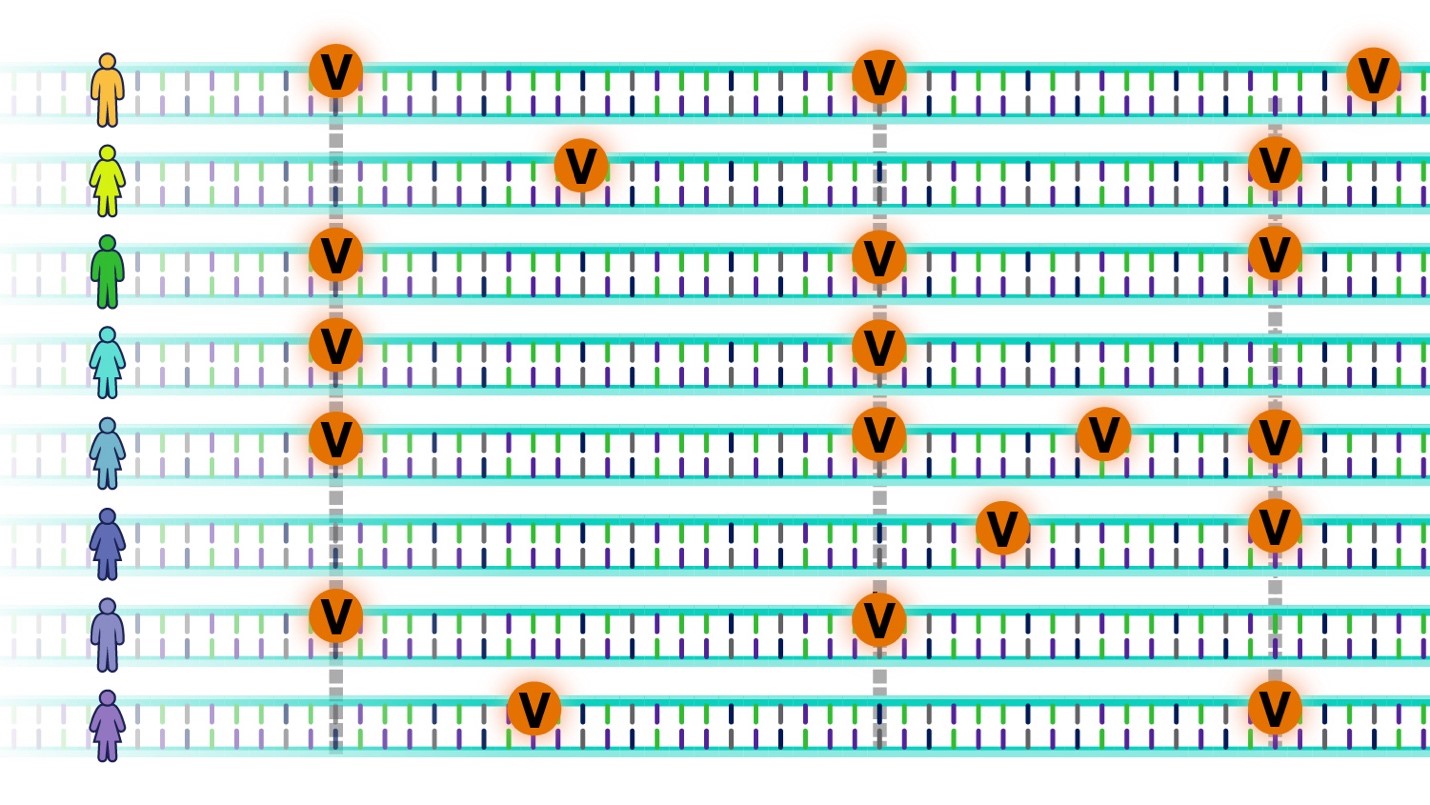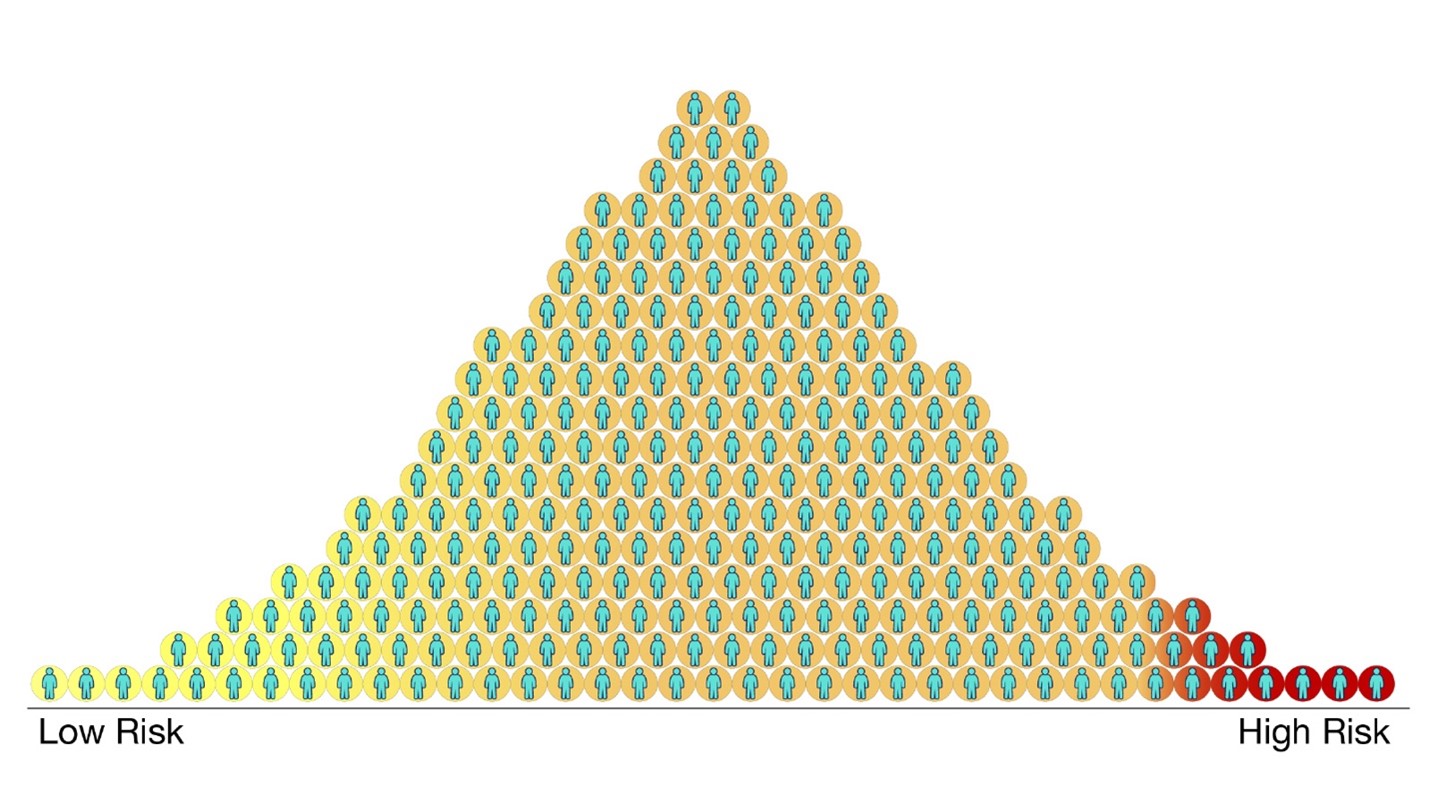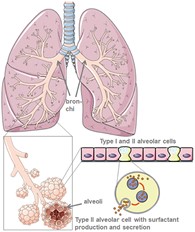The Pioneer 1.0 programme is the springboard for entrepreneurially minded students to develop their skills and business ideas. In this blog, Kate Strivens, winner of ‘Best Business Pitch’ in the recent Pioneer Awards and Birkbeck graduate, tells the story of how her business idea came about and her ambitions for the future.
Back in 2019, as an avid cyclist who cycled every day to work, Kate was growing increasingly frustrated with how damaged her hair was getting by wearing a helmet. She trawled the internet for helmets designed for adults with afro hair but to no avail. This led her to dreaming up her business idea in early 2020, during the first COVID-19 lockdown, of designing a helmet that provides safety to the cyclist and protection for afro hair.
Kate first heard about Birkbeck’s Pioneer 1.0 programme in early 2020, through a recommendation from a friend. Having already graduated from Birkbeck’s MSc Global Environmental Politics and Policy programme in 2019, she was pleased to find out that it wasn’t too late for her to enrol, as the course accepts recent graduates as well as current students.
Kate set out on the course, and cites it as being the reason for her taking her business idea seriously. “Initially, enrolling on the Pioneer programme was just for fun. I didn’t really see my business idea as being something I would properly pursue. However, not long after I started the course, I began to realise it had the potential to be a feasible and viable business. What held me back initially was my imposter syndrome. If I could give advice to others in my position, it would be to believe in yourself and your idea. It’s just crazy I’ve now won a Pioneer Award, I’m still in shock!”
Having completed the Pioneer programme, Kate is now balancing developing her business and working full-time in Sierra Leone, as a Business Development Manager for Plan International, a development and humanitarian organization that advances children’s rights and equality for girls. It is a world away from her upbringing in rural Wales, “I grew up on a farm in North Wales and when it came to choosing a university, I wanted to get as far away as possible, so I moved to London to study. My passion for travelling from a young age has now meant I work abroad as much as I can – I find different cultures and languages fascinating.”
Kate is currently at the prototyping stage and is spending time conducting market research. She says, “The recent headlines in the news about Fina, the water sports world governing body, rejecting the use of a swimming cap designed for afro hair at competition level has really brought the conversations around sport and afro hair to the fore. I find it so motivating that my invention will be helping others and I can’t wait for my helmets to come to life over the next few months.”
Further Information






